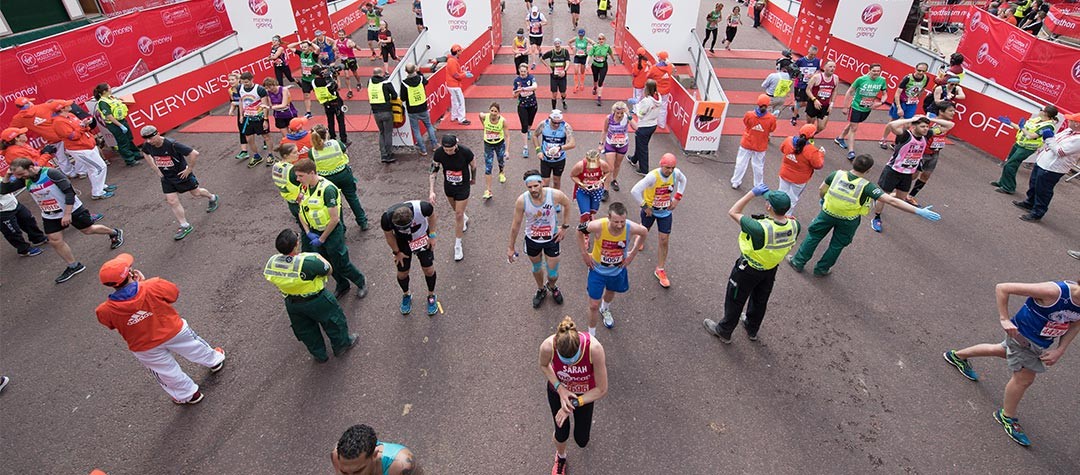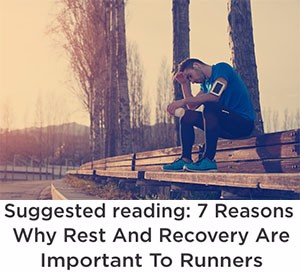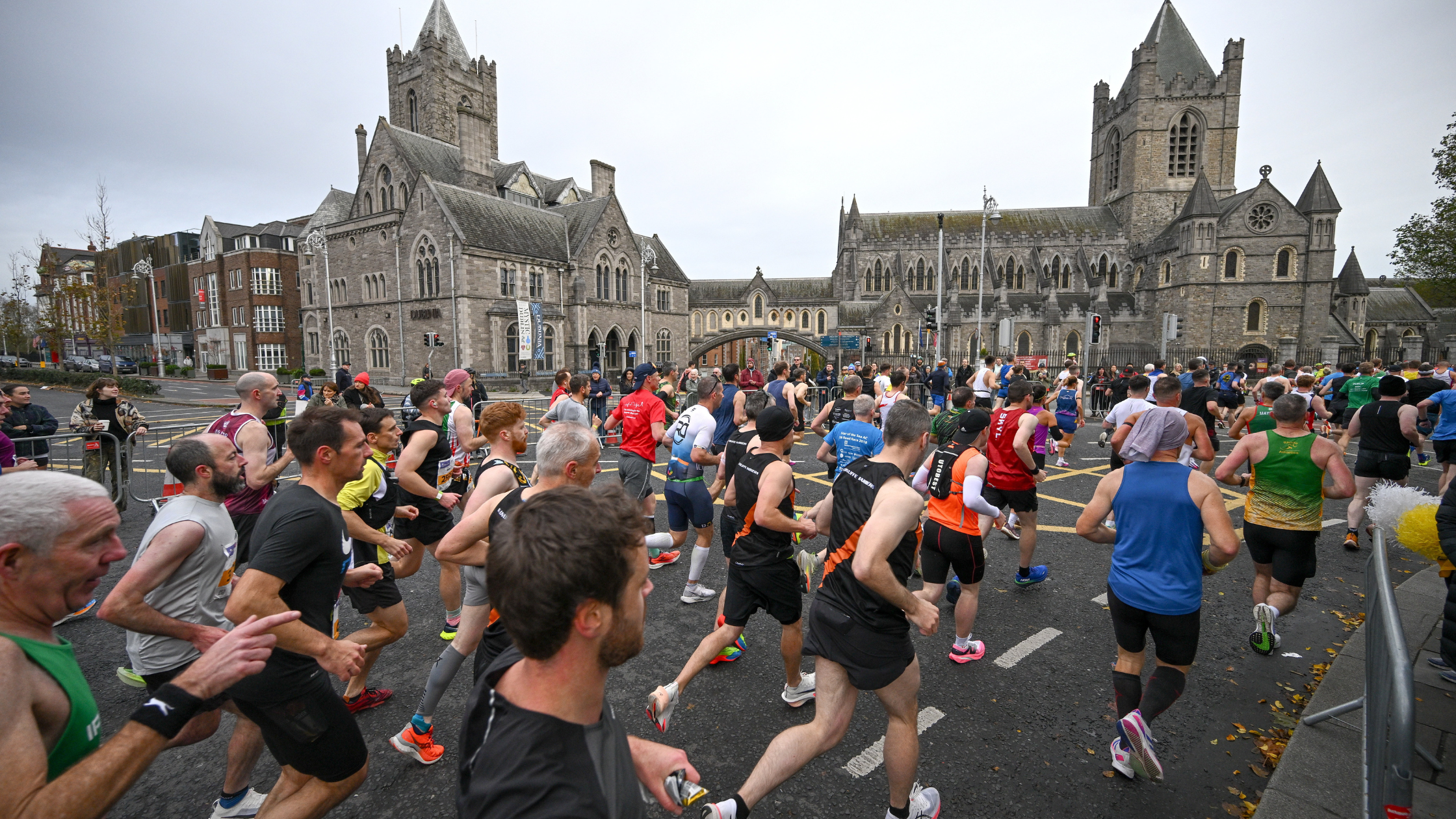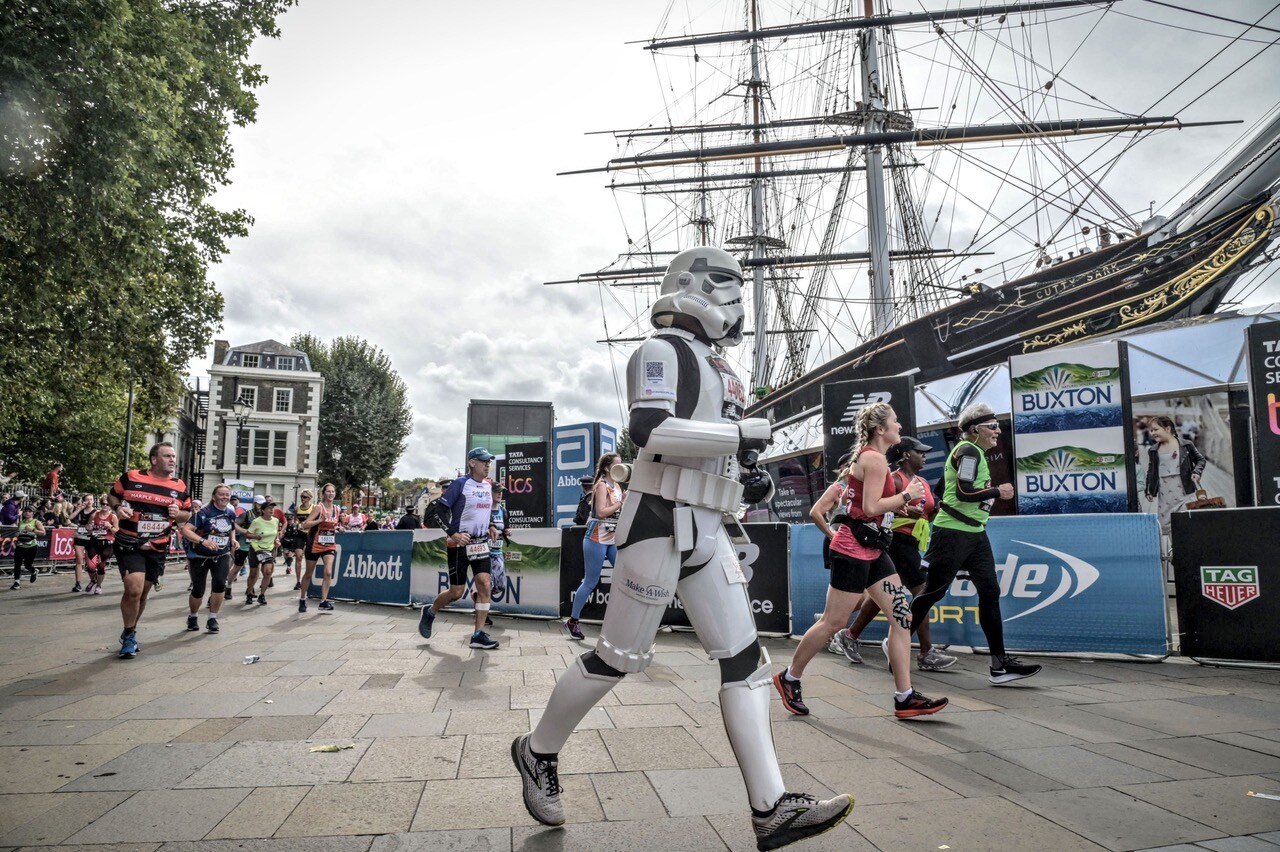Congratulations on completing your marathon, now you need to make sure you recover correctly. This 2-week plan will give you all of the advice you’ll need to recover properly.
1. DAY 1: MARATHON RACE DAY!
Congratulations! Running a marathon is a serious achievement. However, now the recovery starts!
-
Nutrition
Certainly within the first 24 hours after racing your highest priorities in terms of recovery are initiating muscle repair and replenishing your muscle glycogen stores, so post-race refuelling is crucial if you want to enhance recovery. The window immediately post-marathon is when your body is most able to absorb nutrients which are critical for the body to repair and regenerate itself. Aim to consume a snack containing a blend of carbohydrate and between 10 and 20g of protein within 30 minutes of finishing and then a proper meal within 2 hours. If your stomach is feeling delicate and you can’t face food immediately after the race then try a recovery shake instead.
-
Hydration
Restoration of fluid balance post-race is vital too as dehydration can impair recovery by prolonging muscle soreness and places a greater strain on your immune function, which will already be compromised post-race. The best strategy for post-race rehydration is to take on board fluid little and often. The maximum rate at which the intestines can absorb fluid, on average, is about 600ml so you should avoid drinking excessive amounts at once. A sports drink containing electrolytes is ideal, but alternatively you can rehydrate with water and sprinkle a little extra salt on your food to replenish the sodium loss through sweat.
-
Compression
Post- race is also the time to don your compression gear. Numerous studies have shown that compression apparel can reduce the severity and duration of delayed onset of muscle soreness, increase venous return from the lower legs and enhance lactate removal.
________________________________________
2. DAY 2:
-
Rest
T he chances are you won’t have slept very well due to a combo of post race adrenaline and throbbing legs!
________________________________________
3. DAY 3:
-
Try some hydrotherapy
If you have access to a spa then why not indulge yourself in a well deserved visit? However, failing that a trip to your local swimming pool would be just as effective.
Hydrotherapy is a fantastic way to help recovery from the muscle breakdown and inflammation induced by running 26.2 miles. Its non-weight bearing and can help to increase blood flow, reduce muscle tension and increase joint range of motion. You don’t need to do anything super complicated in the water; grab yourself a floatation noodle if you have one, and go through some basic movements – circling you ankles and gently kicking your legs should do the trick.
________________________________________
4. DAY 4:
-
Look after your immune system
Marathon running places a great strain on the adrenal system, which needs time to recharge after the race. Unlike muscles soreness, these markers of hard training and racing aren’t always physically noticeable, which is why you still need to take some downtime even if you don’t feel sore. Now is the time to really look after your immune system as this will be compromised after a marathon, making you more susceptible to illness. Aim to get as much sleep as you can and ensure that you stay hydrated and include plenty of vitamins and antioxidants in your diet.
________________________________________
5. DAY 5:
-
Light massage
Now that the acute inflammation and soreness within your muscles is starting to subside, now is a good time to have a light massage. This should increase the flow of oxygen and nutrient rich blood to your muscles, thus further promoting recovery. Don’t be fooled into thinking that deep tissue massage would be better at this stage though as this type of massage can actually cause damage at cellular level and can leave you feeling sore, which is exactly what you are trying to avoid!
________________________________________
6. DAY 6:
-
Set some new goals
Training for and running a marathon requires a huge amount of investment and energy, both physically and mentally. It’s therefore not surprising that many runners experience ‘post marathon blues’ once it’s all over.
If you’re experiencing a bit of an adrenaline slump after the big day, now is the perfect time to set some new goals to reignite your motivation again and to provide a focus for your next block of training.
________________________________________
7. DAY 7:
-
Rest
Take the opportunity to catch up on other areas of your life that often get neglected when marathon training.
________________________________________
8. DAY 8:
-
Rest or very gentle recovery spin or swim
Recovery is fundamental after a marathon, yet far too many runners jump straight back into full training when the risk of injury and illness is high. Understandably, after all of that training taking some time off seems counter-intuitive and fills many runners with an irrational fear that they will lose much of their hard earned fitness. However, the intensive training for, and the marathon itself places almost every physiological system in the body under enormous strain and therefore this demands respect afterwards.
________________________________________
9. DAY 9
-
Work on your flexibility
Now that your muscles, ligaments and tendons have recovered from the worst of the micro-trauma inflicted on them, it’s a good time to gently return to some flexibility and mobility work. Make sure your muscles are nice and warm (after a bath perhaps) and work through a flexibility circuit, including stretches for all the major muscle groups. Try to include some dynamic flexibility work too such as some gentle lunges and legs swings. This will help to re-align the fibres of your muscles and connective tissues and will increase your range of motion prior to your return to running.
________________________________________
10. DAY 10:
-
3 miles easy jogging
If you feel ready then you can resume some easy jogging again today. However, it’s essential to listen to your body and if you feel as if you require some additional rest then don’t be afraid to take it as your body is much more vulnerable to injury in the first 3 weeks post marathon.
It’s unlikely that you’ll feel like a million dollars and it’s in fact not uncommon to feel sluggish, uncoordinated and heavy post marathon recovery period. Keep the effort very easy and don’t stress at all about pace.
________________________________________
11. DAY 11:
-
3-4 miles easy jogging
You can increase the distance slightly today but watch the pace. Your effort level should be easy and fully conversational.
________________________________________
12. DAY 12:
-
Foam roll
Now that you’ve resumed some running again you may find that you have some areas of tightness or stiffness, which isn’t uncommon after a rest period. Stretching alone is not always enough to release muscle tightness, so you may benefit from some additional help in the form of a foam roller. Foam rollers, when used correctly, can release tightness and adhesions that build up between the muscles and the fascia (the layer of connective tissue which surrounds the muscle or group of muscles).
________________________________________
13. DAY 13:
-
5 miles easy jogging
Again, make sure that you keep the pace easy and relaxed. Now is not the time to be pushing hard. If you can, why not hit some off-road trails? Running off-road is much kinder on your muscles, bones and joints as the level of impact is reduced. It’s therefore generally easier to recover after an off road run as opposed to a road run, making it a perfect post marathon activity.
________________________________________
14. DAY 14:
-
5 miles easy jogging
It has now been almost two weeks since your marathon. Your recovery is now well underway, however it will still be several weeks before you are fully recovered so don’t be tempted to jump back into full training too soon. Over the next two weeks you can gradually begin to increase the volume of your training again, before slowly adding speed work back in.































